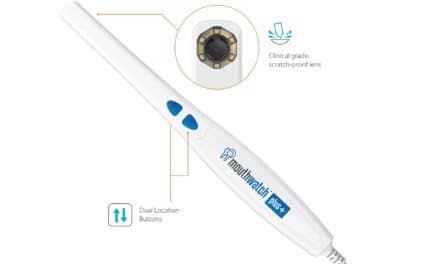by Christopher Piehler

But then I read a recent survey1 in the Journal of Clinical Orthodontics in which 32% of the orthodontists who responded did not have a Web site. No, that’s not a typo: 32% of these extremely educated health care professionals who serve a market composed mainly of tech-savvy adolescents and who are dedicated enough to their profession that they not only read journals but also take the time to respond to their surveys do not have a Web site.
Shocking. To me, not having a Web site is like not having a telephone. In a few years, it may be worse. That may sound extreme, but here are a couple more statistics. According to the Pew Internet & American Life Project,2 87% of kids ages 12 to 17 use the Internet, and “57% of teens who use the internet could be considered Content Creators. They have created a blog or webpage, posted original artwork, photography, stories or videos online or remixed online content into their own new creations.”
What does this mean to you? It means that the vast majority of your patients are at home on the Web, and if you want to speak the language of teenagerdom, a Web site is a crucial first step. While I still believe that face-to-face contact is what forms the strongest bond between orthodontist and patient (or any two people), having the initial contact online can make the face time more pleasant. Having new patients fill out forms online can hugely improve patients’ and parents’ impressions of how smoothly your practice runs—not to mention boost your clinical efficiency.
The bottom line is this: If you want to connect with your patients in the way that they understand the best, then get online.
References
1. Sheridan JJ. The reader’s corner. J Clin Orthod. 2006;40(7):422.
2. Pew Internet & American Life Project. Reports: Family, friends, and community. Available at: [removed]www.pewinternet.org/PPF/r/166/report_display.asp[/removed] Accessed 9/21/06.










